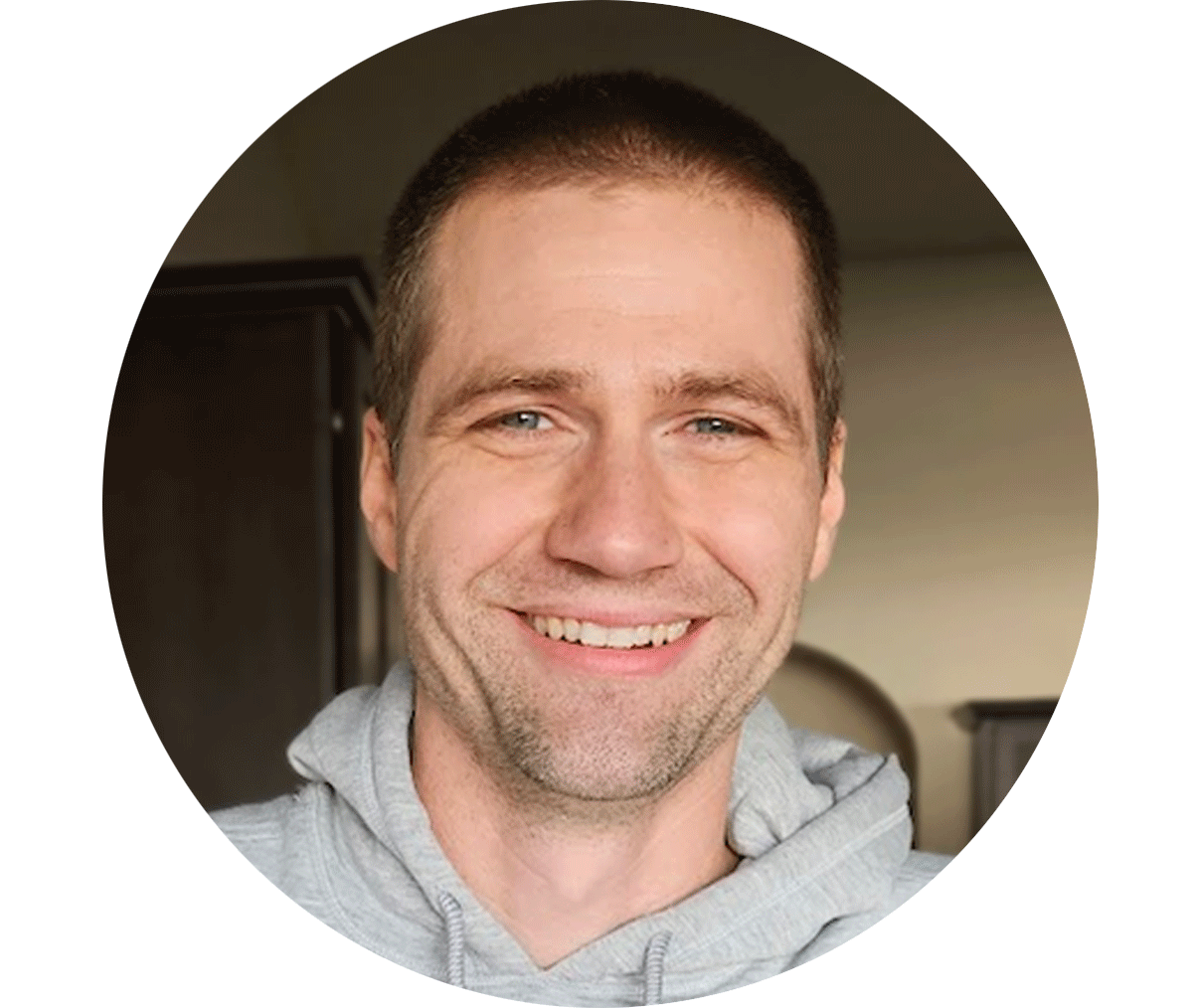Building the future of web performance with SpeedCurve

I’m beyond excited to announce that I’m joining the SpeedCurve team this year! I’ll still be doing some consulting work, but I’ll be taking on a few less clients this year so I can focus on helping to make an already amazing performance tool even better, working alongside some of my favorite people in the performance community.
A long time coming
I started working on performance back in 2010 (oh no, I’m old). I remember reading Steve Souders's book and immediately becoming hooked—living in the middle of nowhere with terrible connectivity and devices that tended to lag behind mean the pain of bad performance was something I couldn’t ignore.
I got to know Steve a bit and when I attended my first Velocity event in 2012, Tammy, Andy and Cliff were some of the first people I met. So much of what I know about performance, I learned from this group of folks. They were patient with advice and feedback and endless questions over the years, and I continue to learn from them daily.
I met Mark shortly after.
I can remember seeing very very early versions of SpeedCurve before it was launched and getting incredibly excited about the tool and what Mark was doing with it.
I got even more excited when, later, Mark and Steve pulled me aside at a conference to show me the new RUM capabilities they were going to start adding. (At the time, I think it was just a simple log of all the beacons coming back to them.) I’m a firm believer that the best possible thing a company can do with monitoring is pair their RUM and synthetic data together, and SpeedCurve was the first tool I’d ever seen put them both under the same umbrella.
It’s been fun to watch the tool develop over the years from a small newcomer to an influential tool that has quite literally paved the way to better metrics. (SpeedCurve’s fingerprints are all over the development of critical paint metrics like Largest Contentful Paint, for example.)
Long story short, I’ve been a fan of the tool for a long time, and the team is composed of people who I’ve been learning from since literally day one of my performance career. A chance to work alongside longtime friends on an industry critical tool—hard to beat that!
"What would you say you do here?"
I’ve been lucky enough to work on performance from a variety of angles over the past 14 years. I’ve been a consultant. I’ve worked on tools. I’ve been a product and engineering leader. I’m a bit like a performance squirrel, I guess: there’s a lot about performance that interests me and I’ve worked on it from pretty much every angle at this point.
The one common element through it all is that I love doing whatever I can to help make the web faster.
So… I’m going to continue doing a little bit of everything with SpeedCurve.
In addition to my own consulting, I’ll be doing some consulting with SpeedCurve customers. I’m also excited to work along this absurdly talented team to help make SpeedCurve an even better product than it already is. There are some big plans, and a massive opportunity to make it easier for everyone to build a faster web.
I’m over the moon about this—it’s been a long time coming and I feel honored and humbled to be able to join the team.


